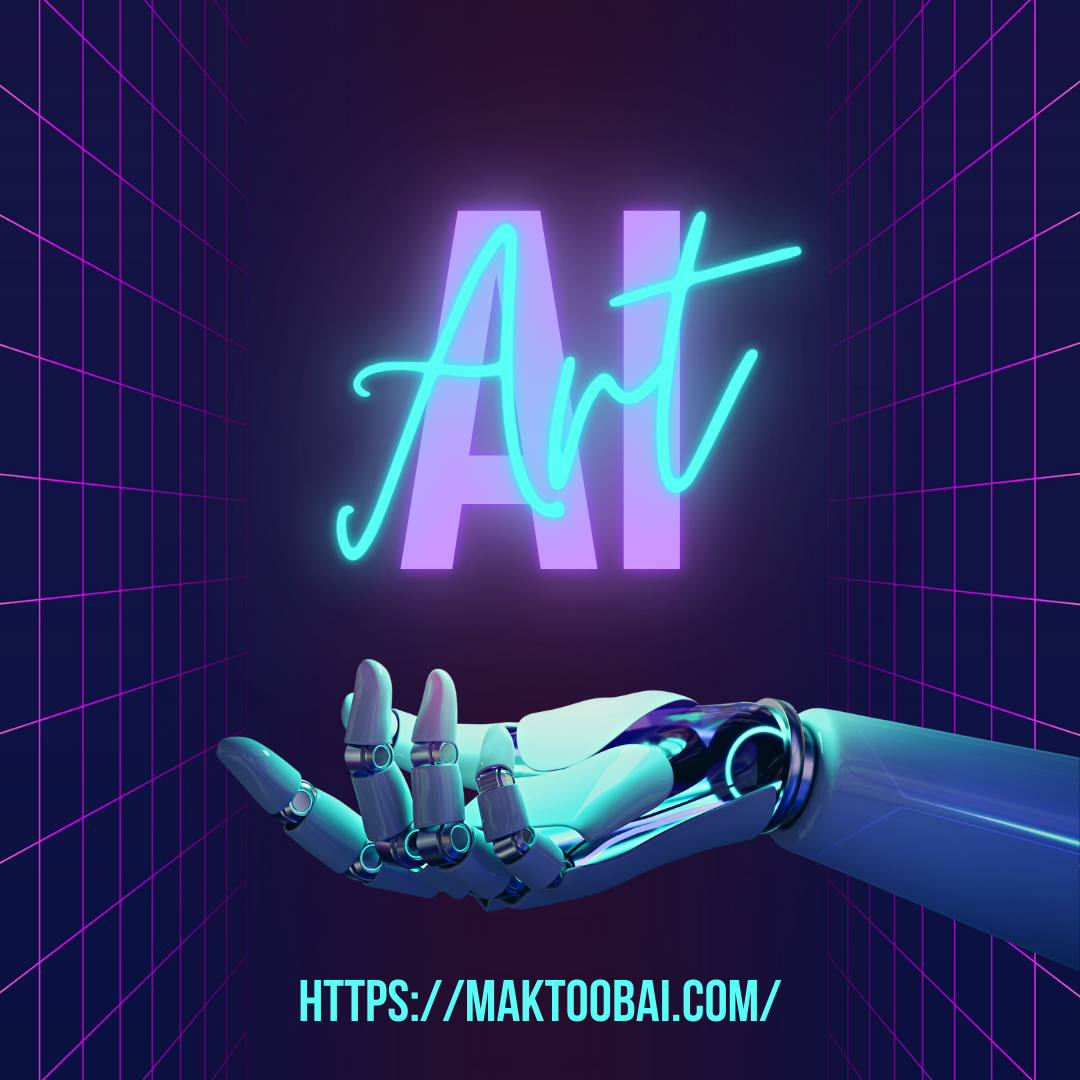In the rapidly evolving field of artificial intelligence (AI), the terms “machine learning” and “deep learning” are often used interchangeably. However, they represent two distinct concepts. Both are subfields of AI and contribute to developing intelligent systems, but they differ significantly in their structure, capabilities, and applications. Understanding the difference between machine learning and deep learning is crucial for anyone interested in AI, from data scientists to business professionals.
What is Machine Learning?
Machine learning (ML) is a branch of AI that enables computers to learn from data without being explicitly programmed. It involves the development of algorithms that allow systems to improve their performance over time based on experience. Machine learning models analyze data, identify patterns, and make decisions or predictions based on those patterns.
ML systems are typically divided into three types:
- Supervised Learning: In this approach, the model is trained on labeled data, meaning the input data is paired with the correct output. The model learns to map the input to the output and can make predictions on new, unseen data.
- Unsupervised Learning: Here, the model works with unlabeled data. It tries to find hidden patterns or intrinsic structures within the data. Examples include clustering and anomaly detection.
- Reinforcement Learning: In this scenario, the model learns by interacting with its environment and receiving feedback in the form of rewards or penalties. This is often used in game playing or robotics.
Machine learning algorithms, such as decision trees, support vector machines, and linear regression, often require feature engineering, where humans manually define the features that the model will focus on to make predictions.
What is Deep Learning?
Deep learning is a subset of machine learning that mimics the structure and function of the human brain through artificial neural networks. While machine learning algorithms can work with structured data and require feature engineering, deep learning models excel in working with large, unstructured datasets such as images, videos, and text, without the need for manual feature extraction.
The term “deep” in deep learning refers to the multiple layers in a neural network. These layers allow the model to learn complex representations of data. A typical deep learning model, known as a deep neural network (DNN), is composed of several layers: an input layer, multiple hidden layers, and an output layer. Each layer of the network learns different features of the data, and the deeper the network, the more abstract the features it can learn.
The power of deep learning lies in its ability to automatically learn high-level features from raw data. For example, in image recognition tasks, a deep learning model may learn to identify edges in earlier layers and, over time, combine those edges to recognize more complex shapes, eventually learning to identify entire objects such as faces or animals.
Key Differences Between Machine Learning and Deep Learning
- Data Dependency:
- Machine Learning: Traditional machine learning algorithms often perform well with smaller datasets. However, their performance may plateau or even degrade with very large datasets.
- Deep Learning: Deep learning algorithms, on the other hand, thrive on massive amounts of data. They require large datasets to learn intricate patterns and improve their accuracy.
- Feature Engineering:
- Machine Learning: One of the key differences is that machine learning algorithms require manual feature extraction. Humans need to decide which features of the data are most important for the model to focus on.
- Deep Learning: Deep learning eliminates the need for feature engineering. The neural network automatically learns to detect features from the data.
- Computation Power:
- Machine Learning: Machine learning algorithms do not require extensive computational power and can run on standard CPUs. This makes them faster to implement and more resource-efficient, especially for smaller datasets.
- Deep Learning: Deep learning models, due to their complex structure and large number of parameters, require significantly more computational power, often utilizing GPUs (Graphics Processing Units) or TPUs (Tensor Processing Units) to speed up the training process.
- Interpretability:
- Machine Learning: Machine learning models like decision trees or linear regression offer a higher level of interpretability. Users can understand why a certain decision or prediction was made.
- Deep Learning: Deep learning models, especially deep neural networks, are often considered “black boxes” because it’s difficult to trace back the reasoning behind specific predictions. This lack of transparency can be a drawback in fields where interpretability is crucial, such as healthcare or finance.
- Execution Time:
- Machine Learning: Machine learning models typically have faster training times, particularly when the dataset is not too large. Once trained, they can be used for real-time predictions with minimal latency.
- Deep Learning: Training deep learning models is time-intensive due to the large amounts of data and numerous parameters. However, once trained, they are highly efficient in making predictions.
Applications of Machine Learning vs. Deep Learning
Machine Learning is commonly used in:
- Email filtering (e.g., spam detection)
- Credit scoring and fraud detection
- Predictive maintenance in industries
- Simple image recognition tasks
- Recommender systems (e.g., Netflix, Amazon)
Deep Learning is applied in more complex tasks such as:
- Autonomous driving
- Natural language processing (e.g., chatbots, language translation)
- Advanced image and speech recognition (e.g., facial recognition)
- Drug discovery and medical image analysis
- Generative models like deepfakes
Conclusion
While machine learning and deep learning are closely related, they differ significantly in their data requirements, computational complexity, feature engineering, and applications. Machine learning is suitable for simpler tasks and smaller datasets, while deep learning excels in more complex scenarios, especially those involving large amounts of unstructured data. As AI continues to advance, both machine learning and deep learning will remain essential tools for solving real-world problems.


